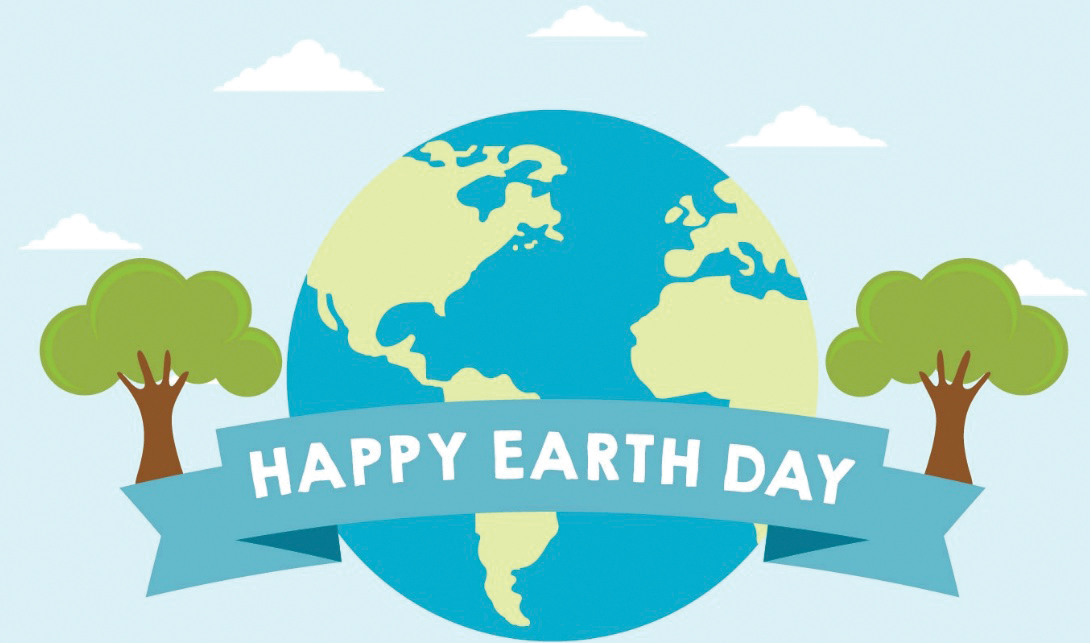Current Science Classroom
Earth Day and Environmental Justice
April 2020 marks the 50th anniversary of Earth Day, when the world takes a moment to show its support for protecting our environment. Recycling drives, park clean-ups, and tree planting are all great ways to celebrate the conservation movement and raise awareness of environmental issues. However, environmental justice—the uneven distribution of environmental benefits and burdens across race, origin, or income—is often overlooked.
America has struggled throughout its history to provide equitable access to all its citizens. Poor and minority communities who lack the power and resources to stand up for themselves have borne a disproportionate amount of the environmental burden.
Integrating environmental justice themes into your lessons isn’t something that happens overnight. You will likely have students who have firsthand experience with the ideas you’ll study and discuss. Take the time to build a culture in your classroom where students can not only share their own experiences but can also listen to and learn from others. A great place to start is tolerance.org, which offers a wealth of resources and activities related to social justice. There are lesson plans aimed at developing empathy in students. They also have a great unit that introduces environmental justice and would be an excellent starting point before delving into other case studies. Science Over Everything has an interview with an EPA scientist that gives good insight to the field of environmental justice. All of these resources are free!
If you’re looking to introduce environmental justice around Earth Day, a unit on the trash economy would be great to spur your students into action. Where to store trash, industrial runoff like cadmium and benzene, and radioactive refuse has always been a difficult subject. When everyone is NIMBY (not in my backyard), pollution is usually placed in areas where people without political power live. These sacrificial zones become dumping grounds for all sorts of contaminants, leaving the people who live there with adverse health conditions ranging from asthma to cancer.
The University of Michigan and Carlton College both offer several case studies that would be great hooks and could be segued into a unit on biogeochemical cycles. Once engaged, students could test and map water quality samples in their community, then present their findings to local elected leaders and recommend policy changes. Utah State University offers several great units on collecting water quality data.
Climate change is another topic that intersects both NGSS standards and environmental justice. Rising temperatures from the greenhouse effect, ocean acidification, and sea-level rise will impact nearly everyone on the planet—but not all in the same way. The countries that will be most affected by the worse effects of climate change are the ones that have contributed the least to atmospheric carbon dioxide levels.
The University of Buffalo case study library has a lesson in which students debate and choose policies to address global warming, giving insight into how international decisions are made. Students learn that decision-makers represent constituents of people, not all whom are given equal credence. The International Council for Science also has an activity in which students map communities that may need to migrate due to climate change, an issue that will become more relevant as time goes on.
And while I am not normally a proponent of showing movies in class, there is an abundance of powerful documentaries on environmental justice topics. These can give students insight into the environmental toll communities take and the resilience of the people who live there. Some great stories include Plastic China, The True Cost, Chasing Coral, Climate Refugees, Gasland, and Come Hell or High Water: The Battle for Turkey Creek.
Learning about environmental justice issues is also a great way to get your kids involved in real change. Don’t be surprised if your students are spurred to action by what you are discussing in class. Learning To Give has a rundown of four ways you can get your kids involved in service-learning. National Geographic also offers a wealth of student-led service projects that are free and ready to drop into your lesson plans.
Environmental justice can make your lessons relevant and engaging. At the same time, teachers need to remember that the kids who sit in their class may also live in neighborhoods affected by these very problems. How you introduce these serious issues will vary depending on the makeup of your specific classroom. You know your students best—be intentional and mindful. There will be times when you as a teacher will need to stop talking and listen. Give your kids a voice and let them share their stories! You may end up being the one who learns the most in these lessons.
Chris Anderson (chris@scienceovereverything.com; @TheScienceJedi) is a science instructional coach for the Hamilton County ESC.
Climate Change Environmental Science Teacher Preparation High School



